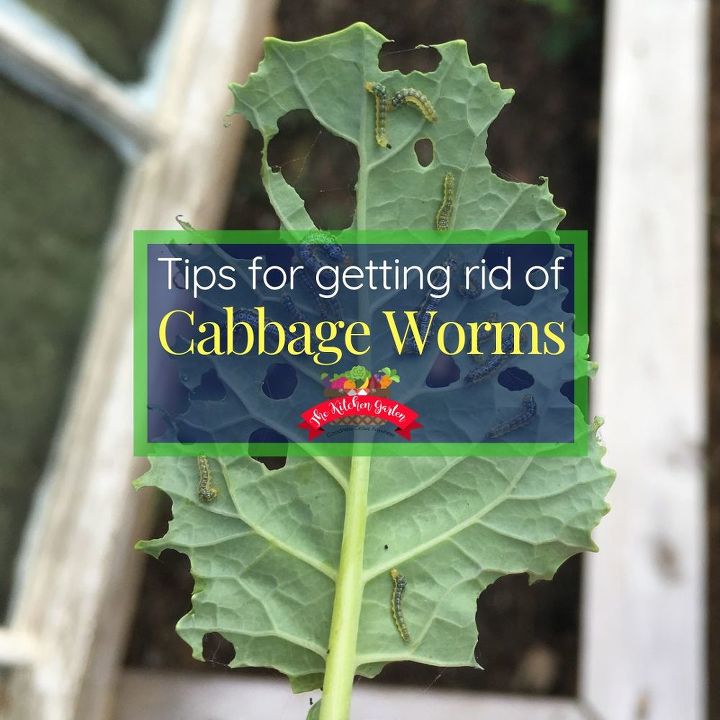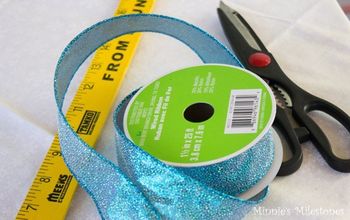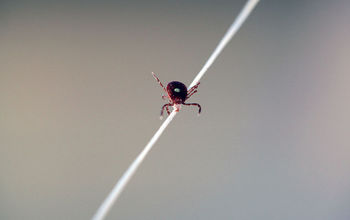How to Get Rid of Cabbage Worms

by
Courtney |The Kitchen Garten
(IC: blogger)
2 Materials
$8
15 Minutes
Easy
Cabbage moths and the worms that appear after their eggs hatch can wreak havoc on greens and brassicas in the garden. Here are 4 natural ways to get rid of them.
1. Seek and Destroy– As the name implies, this simply means going out, checking under leaves and in the base of plants, and picking off worms and eggs. It’s about as fun as it sounds, but interestingly enough, some kids LOVE it. I have a jar of soapy water handy and the worms get placed in the jar. If you happen to have chickens, put the picked-off worms in a little container, and then feed them to your little chickies. Obviously, there’s nothing you have to purchase for this method, but you do have to be vigilant about checking your plants.
Flour– A pantry staple and also an effective worm killer. Dust flour on leaves where you see worms present, and they will eat the flour. The flour dries them out, especially in combination with the warm sun, and boom, they’re dead. I have repeatedly used this method in the past, and while it is effective, it did tend to discolor the leaves of my plant. This isn’t a huge issue for cauliflower, broccoli, and brussels sprouts, but for kale and other plants where the leaf is eaten, I prefer to use something else. For application, take an old plastic jar, punch holes in the lid, fill it with flour, and then shake onto leaves. Very simple!
BT (Bacillus Thuricide)- Though I tend to think that names I cannot pronounce are automatically harmful chemicals, BT is actually a bacteria that is harmful to cabbage worms and other invasive worms. It does not harm humans or other beneficial insects. The worms eat the BT off of the leaves and once in their system, the BT develops toxins inside the worm. This toxin causes the worms to stop eating and then eventually die. For application, use a garden spray bottle and follow the mixing ratio on the bottle. Plants will need to be sprayed every few weeks to keep the BT on the leaves.
Cabbage Moth Decoys– So, this is the newest technique I’ve discovered, and we’re just now trying it out in the garden. I ran across this post on The Good Seed Company blog, all about how cabbage moths are territorial. This means, they don’t like to lay eggs where other cabbage moths are already present and “working.” The decoy, which can be printed from their page here, are hung on string and dangle near your brassicas and greens. Ideally, the moths will see these paper moths and choose to go elsewhere. It’s an interesting concept that I’m totally excited to see work. Time will tell, and I’ll update this post to see how they perform. I’ve already placed some in my Salad Container Garden to keep the moths away from the kale growing there. So far, no worms or eggs. (And since I’m a homeschooler, I did use my laminator to make these paper moths a bit more weather resistant.)
So, give these tips a try to protect your garden from cabbage moths!
Enjoyed the project?
Suggested materials:
- BT (Amazon)
- Flour (Amazon)

Want more details about this and other DIY projects? Check out my blog post!
Published September 30th, 2018 5:03 PM






























Frequently asked questions
Have a question about this project?